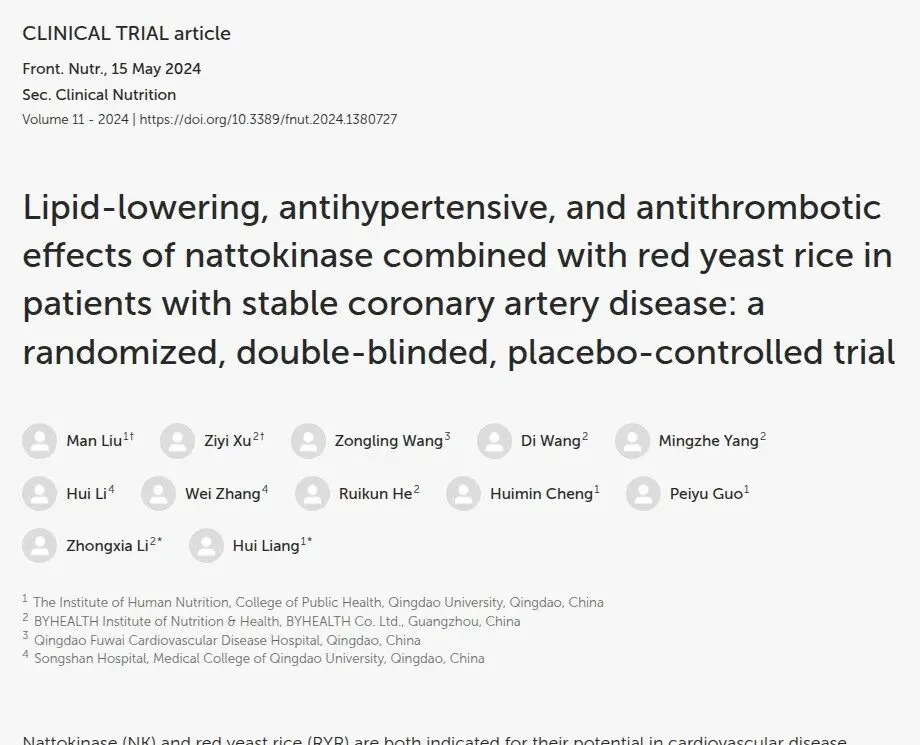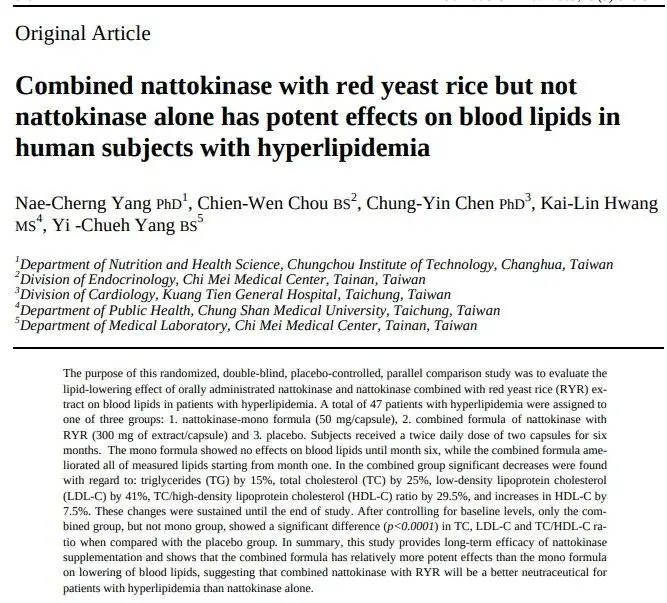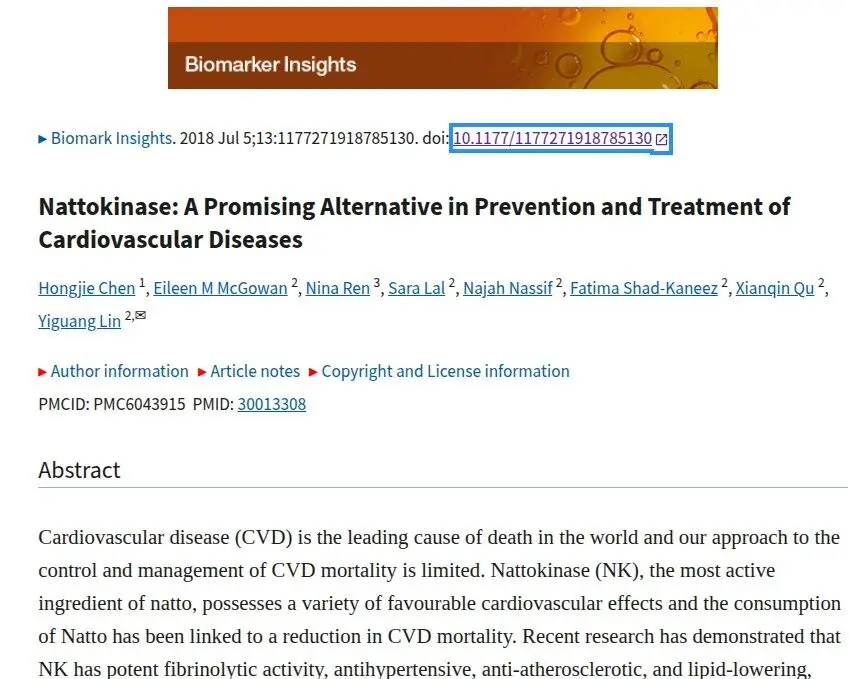NK + RYR and NK groups had significantly better-improved lactate dehydrogenase than the others. NK + RYR group also showed more potent reductions in thromboxane B2 and increases in antithrombin III compared to placebo. These improved markers suggest that combined NK and RYR may preferably alter antithrombin and COX-1 pathways, potentially reducing thrombosis risks in CAD patients. Overall, the combined NK and RYR supplementation is safe and more effective than separately in improving ...
The form creates your own page where you can describe your plan and upload details of supplements, functional foods and anything else you like to include
UPDATE an existing plan using the form below this one
ALWAYS ANONYMOUS
UPDATES : Select the name of your plan below (“select post”)
Make any changes you want including uploading new files. These will replace your earlier entries.
In case of any issue just reach out using our contact form




